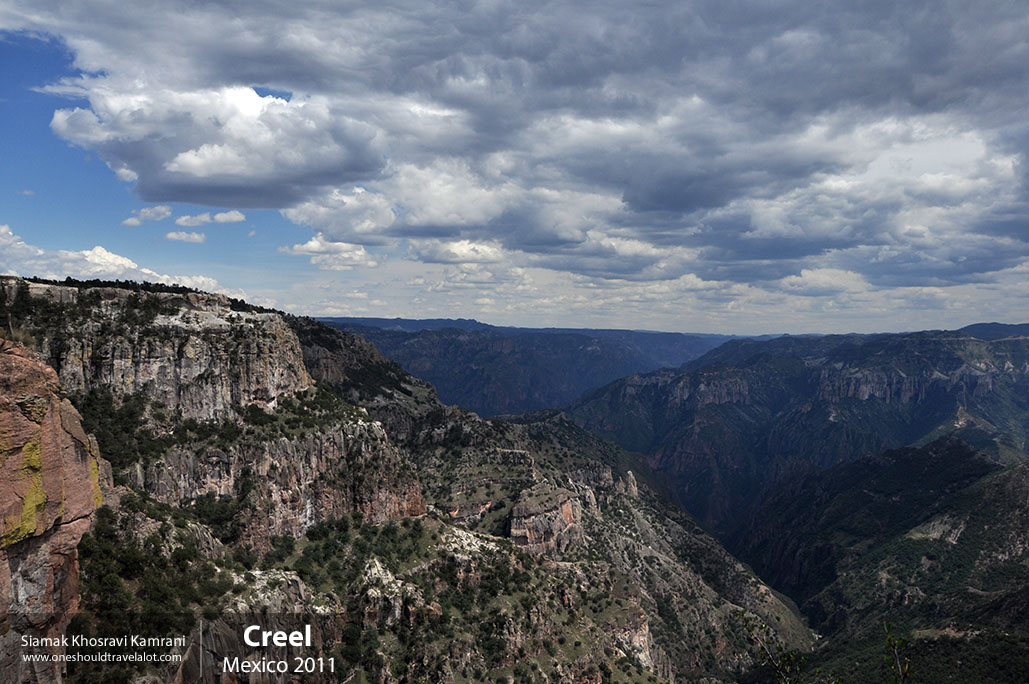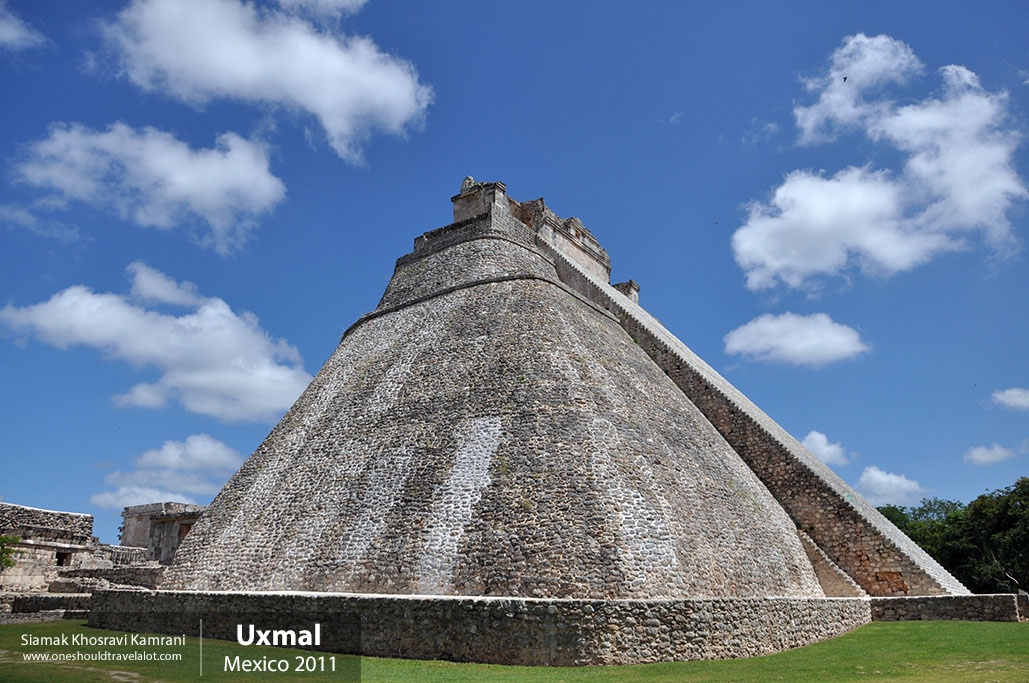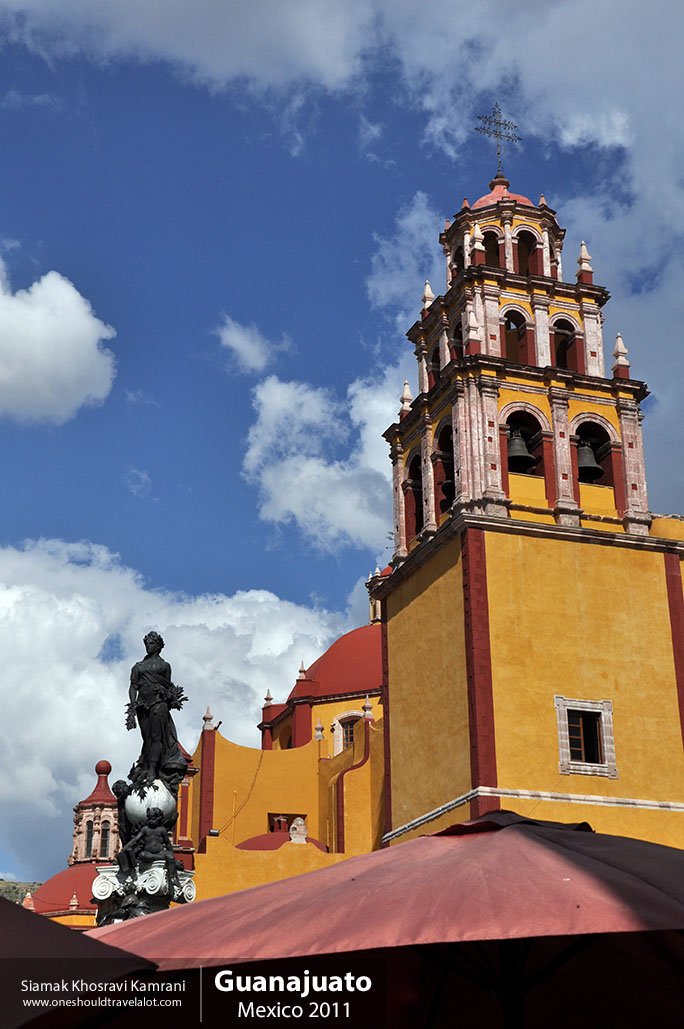Discovering Chamula: A Photographic Journey into the Heart of Indigenous Culture
Nestled in the lush highlands of the Mexican state of Chiapas, Chamula is a town like no other. As a young photographer with a passion for capturing the world’s hidden gems, I was immediately drawn to this enigmatic place. Known for its unique blend of ancient traditions and contemporary life, Chamula offers a rare glimpse into the rich tapestry of indigenous culture. My journey to Chamula was not just about taking pictures but about immersing myself in a way of life that has been preserved for centuries.
First Impressions
Arriving in Chamula, I was struck by the stark contrast between this town and the more tourist-centric areas of Chiapas. The air was crisp and cool, typical of the high altitude, and the town itself exuded an aura of mystery and reverence. The streets were bustling with locals, each dressed in traditional clothing that spoke volumes about their heritage. The women wore colorful embroidered blouses and skirts, while the men donned woolen tunics known as “chujes”. This vivid display of culture was a photographer’s dream, each corner offering a new perspective to capture.
The Heart of Chamula: San Juan Church
No visit to Chamula would be complete without a visit to the iconic San Juan Church. This whitewashed church stands at the heart of the town, its facade adorned with vibrant colors and religious symbols. However, what truly sets it apart is not its exterior, but what lies within. Stepping inside, I was greeted by a scene that felt almost otherworldly. The floor was covered with pine needles, and the air was thick with the scent of burning copal incense. There were no pews; instead, families knelt on the floor, praying and performing rituals that blended Catholicism with indigenous beliefs.
Photography inside the church is strictly forbidden, a rule I respected wholeheartedly. Instead, I absorbed the atmosphere, allowing my senses to take in the sights, sounds, and smells. The rhythmic chanting and the flickering candles created a mesmerizing effect, one that words and pictures could scarcely capture. This experience underscored the importance of respecting local customs and traditions, a valuable lesson for any traveler.
Exploring the Markets
After leaving the church, I ventured into the bustling markets of Chamula. Here, the vibrant culture of the Tzotzil people was on full display. Stalls overflowed with handmade crafts, textiles, and fresh produce. The colors were dazzling, with every shade imaginable woven into the fabrics and painted onto the pottery. As I navigated through the narrow aisles, my camera worked overtime, capturing the essence of the market and the people who bring it to life.
One of the highlights was interacting with the local artisans. Despite the language barrier—Tzotzil is the primary language spoken here, though many also understand Spanish—their warmth and friendliness were unmistakable. They were eager to share the stories behind their crafts, each piece a testament to their skill and heritage. Through my lens, I aimed to convey the pride and dedication that went into every creation.
Cultural Insights and Traditions
Chamula is a place where ancient traditions are not just preserved but actively practiced. One such tradition is the unique form of governance known as “usos y costumbres”. This system allows the community to manage its affairs according to age-old customs, rather than adhering strictly to the national legal framework. This autonomy is evident in the town’s social structure and daily life, where respect for elders and communal decision-making play pivotal roles.
Another fascinating aspect of Chamula is its syncretic religion. The Tzotzil people have blended Catholicism with their indigenous beliefs, resulting in rituals that are distinctively their own. For instance, the use of “posh,” a traditional fermented drink, is integral to many ceremonies. During my stay, I was fortunate enough to witness a local festival. The air was filled with music and laughter as people danced in their traditional attire, offering prayers and thanks to their gods. It was a vibrant celebration of life, and I felt privileged to capture these moments through my lens.
The Natural Beauty of Chamula
Beyond its cultural richness, Chamula is also blessed with stunning natural beauty. The surrounding highlands offer breathtaking views and numerous opportunities for exploration. I took several hikes, each one revealing a new facet of the landscape. Rolling hills covered in verdant greenery stretched out as far as the eye could see, dotted with small farms and grazing animals. The tranquility of these hikes provided a perfect counterbalance to the bustling town center.
One memorable excursion led me to the “Lagunas de Montebello,” a series of pristine lakes known for their striking colors. The clear, turquoise waters reflected the sky above, creating a scene of unparalleled serenity. As I set up my camera to capture the panorama, I couldn’t help but feel a deep connection to the land and its people. This, I realized, was the true essence of Chamula—a place where nature and culture exist in perfect harmony.



